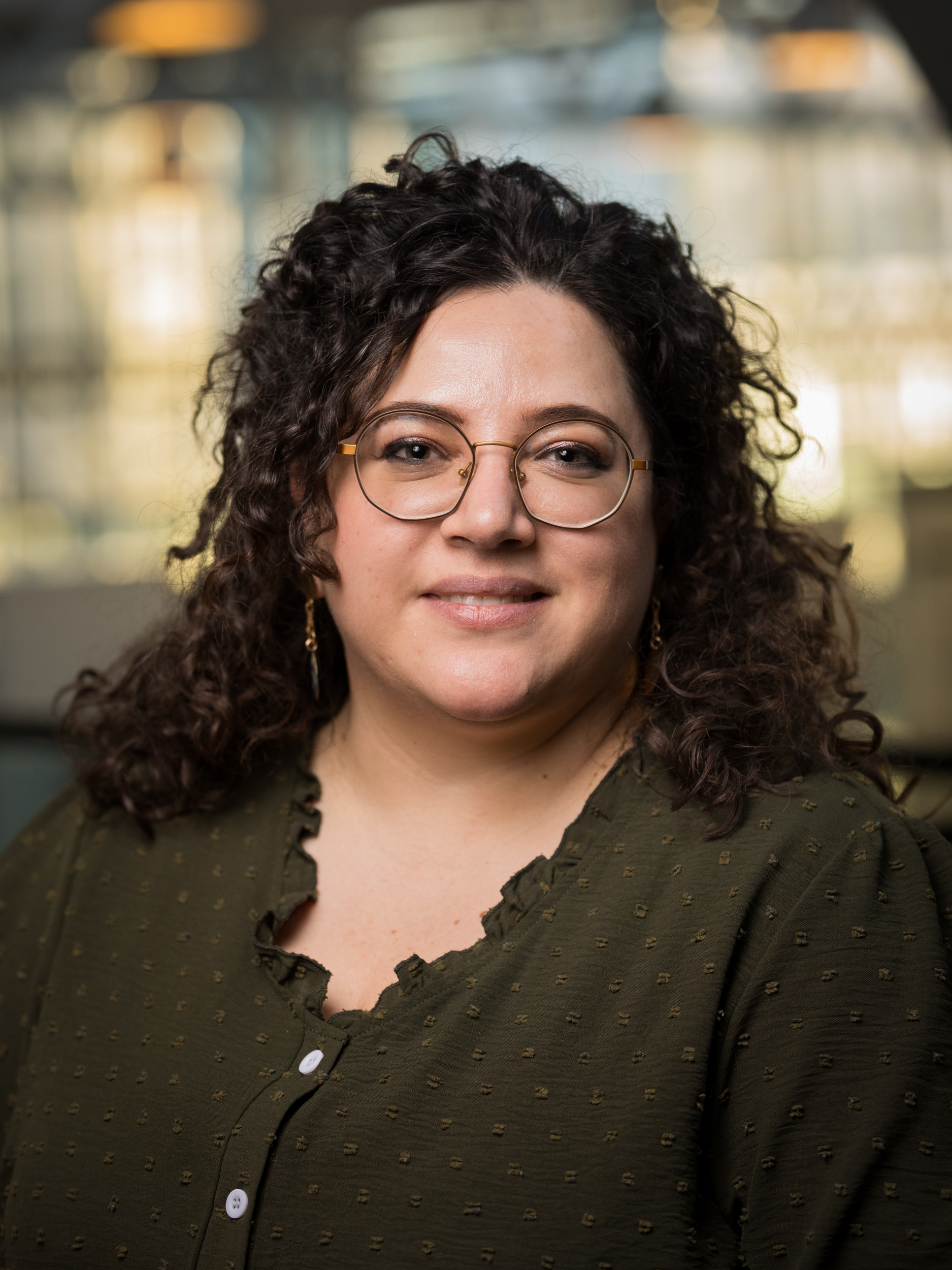Histopathological features of Very Early Onset Inflammatory Bowel Disease
Pamela Baldin, H-ECCO Member
|
|
Very Early Onset Inflammatory Bowel Disease (VEO-IBD) is a complex subset of IBD that uniquely affects children under six years of age [1]. This category includes neonatal onset (within the first month of life), infantile onset (before two years) and early childhood onset (between two and six years) [2]. In comparison with patients with older onset IBD, those with VEO-IBD demonstrate a more heterogeneous phenotype and the aetiology is more closely related (in approximately 25%–30% of cases) to monogenic or digenic defects involving genes associated with primary immunodeficiency [3]. Moreover, VEO-IBD patients show higher rates of positive family history, a more aggressive clinical trajectory and increased resistance to conventional therapies effective in managing IBD among older patients [4].
Histological assessment is pivotal in understanding the complexity of VEO-IBD. Gastrointestinal biopsies from these young patients reveal diverse histological patterns that differ significantly from those observed in older IBD patients. These patterns include the Crohn's-like pattern, characterised by intermittent inflammation rich in eosinophils, granulomas and transmural inflammation; the Ulcerative Colitis-like pattern, featuring continuous marked inflammation, architectural distortion and ischaemic ulcers; the enterocolitis-like pattern, displaying widespread leucocytic and eosinophilic infiltrates, ulcers with architectural distortion and mucosal friability; and the apoptotic pattern, marked by severe glandular atrophy coupled with extensive apoptosis and 'exploding crypts' [5].
Due to the prevalence of unusual features, the diagnosis of IBD-unclassified (IBD-U) is more frequent in VEO-IBD than in older-onset IBD cases [6]. This underscores the distinct diagnostic challenges of VEO-IBD and emphasises the need for specialised diagnostic approaches. Pathologists play a crucial role in guiding further diagnostic investigations. Detailed descriptions of histological alterations at different sites, along with suggestions for differential diagnoses, assist paediatricians in comprehensive clinical and genetic evaluations.
The rarity of IBD in this age group, along with diagnostic challenges, can cause clinicians to hesitate in diagnosing VEO-IBD. A multidisciplinary approach is essential for managing VEO-IBD, involving specialists from gastroenterology, paediatrics, immunology, genetics, bone marrow transplantation, nutrition, surgery and, notably, pathology. Referral to specialised centres is recommended for optimal management.
In conclusion, VEO-IBD represents a distinct spectrum of conditions causing chronic bowel inflammation in infants and young children. These patients exhibit unique clinical and histological characteristics that necessitate a comprehensive multidisciplinary approach to diagnosis and management. Pathologists play a pivotal role in identifying key histological features and collaborating with other specialists to provide the best care for VEO-IBD patients.
References
- Uhlig HH, Schwerd T, Koletzko S, et al. The diagnostic approach to monogenic very early onset inflammatory bowel disease. Gastroenterology 2014;147:990–1007.e3.
- Wilkins BJ, Kelsen JR, Conrad MA. A pattern-based pathology approach to very early-onset inflammatory bowel disease: Thinking beyond Crohn disease and ulcerative colitis. Adv Anat Pathol 2022;29:62–70.
- Parente P, Pastore M, Grillo F, et al. Very early onset-IBD: Evidence for the need of a multidisciplinary approach. Pathologica 2022;114:3–11.
- Ouahed J, Spencer E, Kotlarz D, et al. Very early onset inflammatory bowel disease: A clinical approach with a focus on the role of genetics and underlying immune deficiencies. Inflamm Bowel Dis 2020;26:820–42.
- Parente P, Mastracci L, Vanoli A, et al. Pattern-based histologic approach in very early onset IBD: Main features and differential diagnosis. Adv Anat Pathol 2022;29:71–80.
- Kelsen JR, Sullivan KE, Rabizadeh S, et al. North American Society for Pediatric Gastroenterology, Hepatology, and Nutrition position paper on the evaluation and management for patients with very early-onset inflammatory bowel disease. J Pediatr Gastroenterol Nutr 2020;70:389–403.
